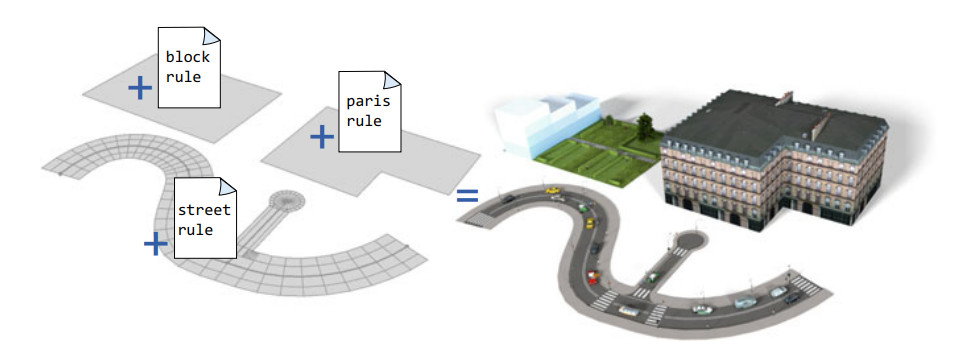
Abstract
CityEngine is a rule-based urban modeling software package. It offers a flexible pipeline to transform 2D data into 3D urban models. Typical applications include processing 2D urban cartographic geographic information system (GIS) data to create a detailed 3D city model, creating a detailed visualization of a proposed development, or exploring the design space of a potential project. The rule-based core of Esri’s CityEngine has some unique advantages: Huge cities can be created as easily as small ones, while the quality of the models is consistent throughout. Additionally, this rule-based approach means that large design spaces can be explored quickly, interactively, and analytically compared. Such advantages must be carefully balanced against the increased time to create and parameterize the rules and the sometimes stylistic or approximate models created; coming from more traditional workflows, CityEngine’s pipeline can be initially overwhelming. We introduce the principal workflows and the flexibility they afford, sketch the procedural programming language used, and discuss the export pathways available.
BibTeX
@incollection{2021cityengine,
title = {CityEngine: An Introduction to Rule-Based Modeling},
author = {Tom Kelly},
doi = {https://doi.org/10.1007/978},
year = {2021},
date = {2021-01-01},
booktitle = {Urban Informatics},
pages = {637–662},
publisher = {Springer},
}